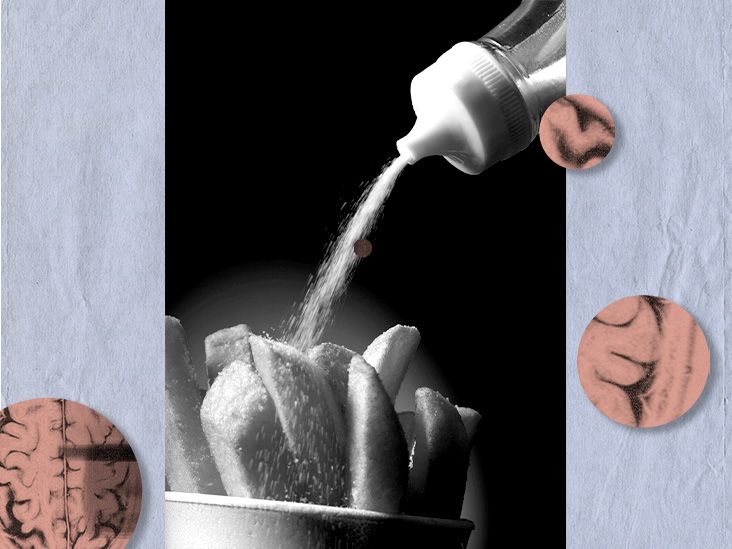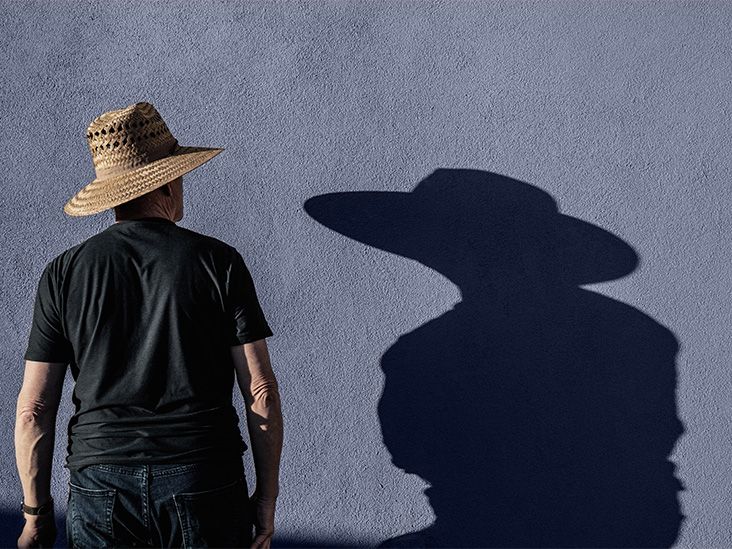A hump on the back of the neck, or top of the spine, can have various causes. These causes may include kyphosis, osteoporosis, muscle knots, and cysts.
A person may refer to the hump on the back of their neck as a buffalo hump or “dowager’s hump,” depending on what is causing it. A doctor may use several diagnostic tools, including X-ray and physical examinations, to investigate it.

A dorsocervical fat pad is also known as a buffalo hump. A buildup of fat between the shoulder blades causes a hump in the back of the neck to form.
Medications that people take to treat HIV and Cushing’s syndrome can cause a buildup of fat behind the shoulders. Other possible causes include:
- steroids
- obesity
- genetics
If the hump on the back of the neck is due to medication, a doctor may alter the type or dosage. They may also recommend surgery to remove the fatty tissue.
A dowager’s hump is an old and now unacceptable term for when the top of the back is severely rounded, giving the appearance of a hump on the back of the neck. Conditions that can cause a curved spine include kyphosis and osteoporosis.
Kyphosis
Kyphosis is a condition in which the curve of the thoracic spine — the spine in the middle of the chest — is greater than 50 degrees. A natural curve in the spine is around 20 to 45 degrees.
A doctor may recommend wearing a back brace to correct the curve and physical therapy to strengthen the spine. In extreme cases of spine curvature, surgery may be the only option.
Osteoporosis
Osteoporosis is a condition that results in the loss of bone, an increased risk of fracture, and a very rounded upper back. The upper back rounds when the weakened vertebrae at the top of the spine collapse.
Medications such as selective estrogen receptor modulators (SERMs), estrogen replacement therapy (ERT), calcitonin, and bisphosphonates can increase bone mass and prevent fractures.
Learn how to increase bone density naturally here.
Apart from osteoporosis and kyphosis, there are many other possible causes of a hump on the back of the neck. These include:
Boils and carbuncles
Boils and carbuncles form in infected hair follicles, usually with Staphylococcus aureus bacteria. Many boils eventually burst on their own and heal without leaving a scar.
Cysts
Although people often describe cysts as
Moles
Moles, also known as nevi, are flat or raised bumps that are very common and can develop on the back of the neck. Some people may have 10–40 moles on their skin.
If a person notices a mole becoming darker, more prominent, or different in shape, they should speak to a doctor urgently. Any of these changes could be a symptom of melanoma, a form of skin cancer.
Treatment for a hump on the back of the neck depends on what is causing the hump.
- Boils and carbuncles: Home care with warm, moist compresses (applying a warm, damp cloth to the area for 10–20 mins) can help speed the healing of boils and carbuncles in many cases. For more severe cases — especially if there are signs of infection, such as discoloration, pain, and fever — a doctor may drain the lump and prescribe antibiotics.
- Muscle knots: Massage, acupuncture, stretching exercises, physical therapy, and pain relief medications may alleviate muscle knot symptoms.
- Cysts: If a cyst is causing irritation, the
most effectiveTrusted Source treatment is incisional drainage and, usually, eventual surgical removal. - Moles: Most moles do not need treatment unless there is concern about melanoma, in which case removal is necessary.
The steps that a doctor may take in diagnosing a hump or bump on the back of the neck include:
- taking a complete medical history
- noting current medications
- evaluating suspicious moles
- conducting a physical examination of the spine
- using X-rays to check the alignment of the vertebrae
- conducting bone density tests
- testing breathing capacity
- using an MRI scan to see whether there is compression of the spinal cord
- performing a physical exam to evaluate for abnormalities in the skin and underlying tissues, which may involve tapping areas of sore muscles
The complications that can develop from a hump on the back of the neck depend on what causes it.
For people with a hump resulting from osteoporosis, the risk of continued fractures and long-term disability is significant. According to the American Academy of Orthopaedic Surgeons, 1 in 2 women and 1 in 4 men over 50 could experience a broken bone because of osteoporosis.
Severe rounding of the upper back, or kyphosis, can cause people to experience trouble breathing and long-term tingling and weakness in the legs, though these complications are rare.
Possible, yet uncommon, complications of boils and carbuncles include scarring and sepsis.
Moles can be a concern because they can be a sign of melanoma. Although many times this is not the case, people should pay attention to moles that are:
- growing
- itching
- bleeding
- becoming darker
- changing in any other way
People should see a doctor if the hump on the back of the neck is causing them pain or if they have boils that do not respond to at-home treatment.
As a person ages, they may wish to pay attention to their posture. If they notice any spine curving, they should speak to a doctor, as this could be a symptom of osteoporosis.
The outcome for a person with a hump on the back of the neck relates closely to what causes it.
If a person is proactive, they can slow the progress of osteoporosis-related bone loss and reduce the risk of broken bones. Steps that they can take include eating a healthful diet and exercising.
Symptoms of kyphosis can appear in childhood, and early diagnosis and treatment can help correct the curve in the spine before the person reaches adulthood.
People with bumps on the back of the neck due to skin issues, such as boils, carbuncles, moles, and cysts, generally have a good outlook. Boils typically get better in 2 days to 3 weeks.
People can prevent some causes of a hump in the back of the neck, such as boils, by practicing good skin care and hygiene.
Using sunscreen with a high SPF will prevent further mole growth in people with moles and protect the skin from UV damage.
Everyone should consider adopting a healthful, well-balanced diet rich in calcium and vitamin D to keep their bones strong.
Can you massage away a neck hump?
Massage can help hump necks alongside other treatments depending on the cause.
Can a chiropractor fix a neck hump?
If the cause of the hump stems from posture issues, a chiropractor may be able to help and treat it.
Will losing weight get rid of a neck hump?
If the neck hump is a buffalo pad, losing weight may help remove fat from the area. However, if the hump stems from kyphosis, other treatments, such as wearing a back brace, may be necessary.
A hump on the back of the neck can be a symptom of a relatively minor skin condition, such as a boil. However, more serious health conditions, such as osteoporosis, can also cause humps and bumps on the back of the neck.
If a person notices any humps appearing on their neck that are painful or growing or changing shape, they should speak to a doctor.


